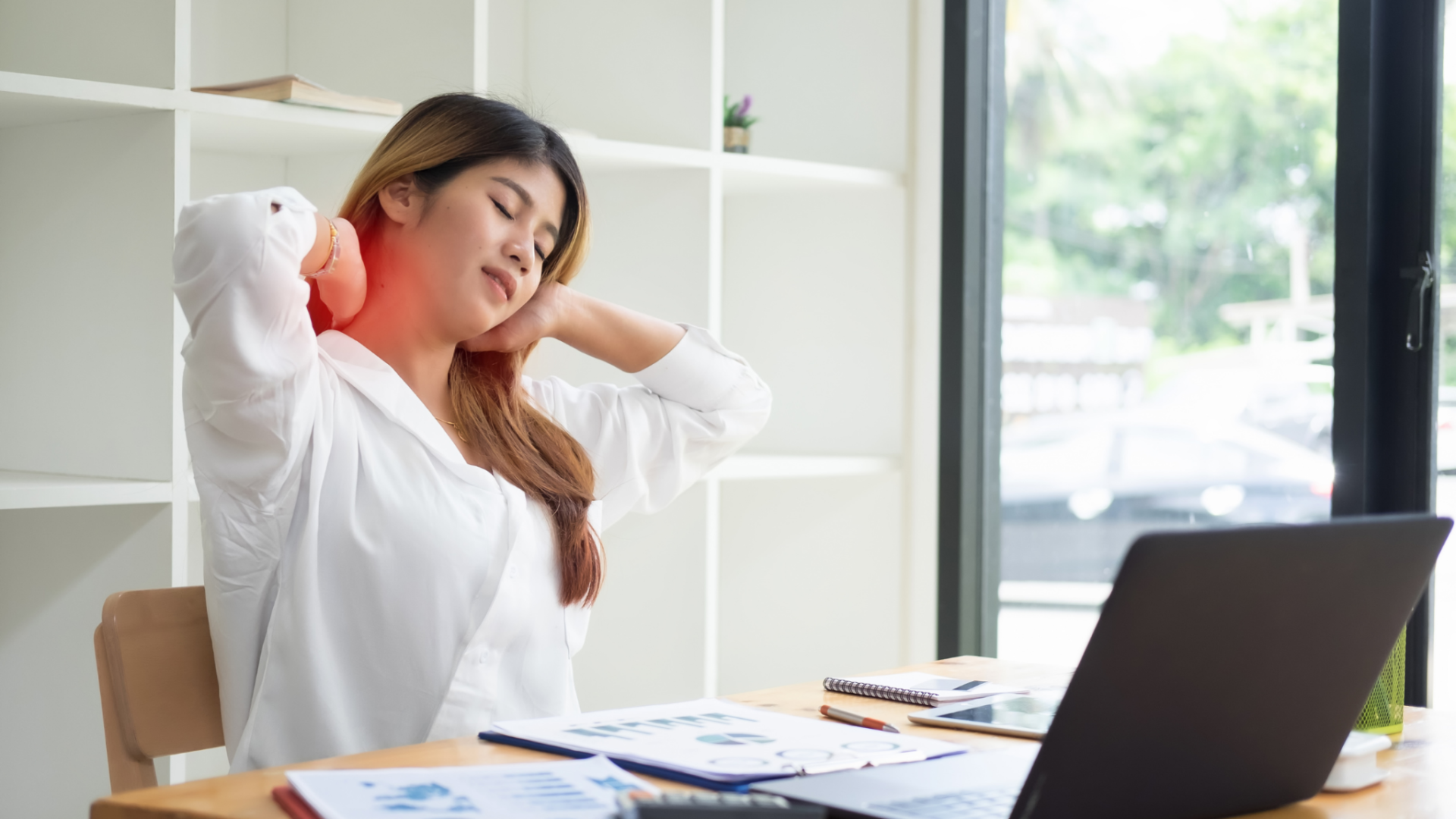Rotator Cuff: Repairs and Road to Recovery
 Rotator cuff is a term that many people fear when mentioned by a healthcare provider. This fear is usually warranted but, if a partial tear, can usually be treated conservatively if caught early. This fear may come from not knowing about conservative measures that can help. On the other hand, when conservative management fails or the tear is more significant, surgery is generally indicated. The goal of this blog is to help answer many of the questions you may have when a healthcare provider mentions that your rotator cuff may be the cause of your shoulder or arm pain. A brief description of the function of the cuff and the pathology will be followed by a look at the road to recovery and what to expect as you go through the weeks of rehabilitation.
Rotator cuff is a term that many people fear when mentioned by a healthcare provider. This fear is usually warranted but, if a partial tear, can usually be treated conservatively if caught early. This fear may come from not knowing about conservative measures that can help. On the other hand, when conservative management fails or the tear is more significant, surgery is generally indicated. The goal of this blog is to help answer many of the questions you may have when a healthcare provider mentions that your rotator cuff may be the cause of your shoulder or arm pain. A brief description of the function of the cuff and the pathology will be followed by a look at the road to recovery and what to expect as you go through the weeks of rehabilitation.
The cuff’s main purpose is to improve shoulder stability by actively pulling the arm bone into the shoulder socket with arm motion. It does this through a concert of contractions of the 4 muscles that make up the structure. Each muscle works intricately with the other to provide the most stability possible: Even when one muscle is not working properly, it can lead to issues. Without the rotator cuff, the shoulder generally becomes unstable which can lead to further tearing or other injuries affecting the shoulder joint.
Tears are fairly common and can affect people of all ages. They occur most commonly in patients in their 50’s and above, likely due to tissue deconditioning and other age related changes. Tears also occur frequently in overhead throwing athletes. Cuff injuries generally occur gradually over a period of time where symptoms begin to evolve and worsen. Warning signs of tears include deep, dull shoulder pain, trouble sleeping, and an inability to move the shoulder through its full range of motion. Labral tears and biceps tendinopathy are common concurrent injuries that may also be addressed.
Surgery vs. conservative management will generally be decided on a case by case basis and based on failure to conservative treatment, imaging results, signs and symptoms, and quality of life reported by the patient.
Here is what to expect when surgical repair is indicated.
Day 1- week 2: Surgery is generally performed at an outpatient surgical center. Most repairs are done arthroscopically meaning a small camera will be inserted with tools on the end to complete the repair. A local nerve block as well as general anesthesia is used during the procedure so you will be asleep the entire time. The nerve block will also help to ease pain for the hours following surgery and likely into the next day. This usually only requires 2-3 small incisions in your skin. You will return home the same day following the surgery. Pain killers are generally prescribed to help ease pain, and they should be taken to make you more comfortable.
The next 2 weeks are used to allow the repair to heal properly and is the maximal protection phase. During this time your arm will be in a sling and you will likely sleep in a recliner to protect the repair. Moderate pain is a normal experience during this time so be sure to ice and take any medication as prescribed.
Week 2-4 Post-op: This is generally when physical therapy is initiated, but some surgeons will wait for 6 weeks before therapy is initiated. During this period in therapy, the therapist will move your arm for you to begin regaining normal motion. You will also begin working on activating the muscles around your shoulder blades. Gentle activation of your shoulder muscles will also start.
Weeks 5-10 Post-op: The goal of this phase is to obtain good range of motion and to be able to stabilize your shoulder throughout the range with your muscles. Range motion will continue to be progressed and active motion will be progressed gradually within relatively pain-free ranges to hopefully reach full range by week 7-8. Range of motion progresses differently in different patients so don’t be discouraged if it takes longer than normal. Strengthening exercises will also progress gradually to gain strength for normal activities.
Weeks 10-20 Post-op: The goal of this phase is to continue progressing strength and stability to prepare your shoulder for return to all prior activities. You will also be expected to become more independent with exercises. Challenging functional movements will be performed later in this stage. Complex movements like throwing will be broken down into parts to practice before performing the actual movement to ensure proper shoulder function. You will likely be weaned from PT and may be discharged to continue with comprehensive home program to continue toward the end of this period. Athletes that need more intense treatment will continue with therapy into the return to sport phase.
Be sure not to perform activities that are too taxing for your shoulder at this point. Your shoulder will be feeling much better, which makes this a common time for re-injury to occur. Although your shoulder is feeling better, that does not mean it is fully healed and ready for full return to all of your normal activities.
Weeks 20+: Typically the safe return to sport phase. You will progress back into your sport or other activities. Continue with your home exercises to continue building strength and stability throughout your shoulder complex.
You can expect to be checking in with your surgeon throughout this process to insure that everything is going as planned. Your therapist should be in contact with the surgeon throughout the process to ensure you are progressing as expected as well.
I hope this blog can ease any anxiety about your upcoming procedure and give you a brief guide for what to expect following a RTC repair. Surgery can be intimidating, but the more you know going into it, the better the outcomes!
We will be following one of our patients through rehab and will post exercise videos and updates throughout his recovery. Be sure to check them out!
Bryan Esherick, DPT









